ENiM 18 - 2025 (ISSN 2102-6629)
Sommaire
Pages
1-12
 La déesse-cobra Rénénoutet est invoquée dans une formule d’un papyrus de la collection Wilbour au Brooklyn Museum, un manuel de protection magique contre les animaux dangereux daté de l’Époque tardive. L’analyse de ce passage fournit l’occasion d’étudier un aspect sous-estimé de cette divinité, le plus souvent affectée à la sauvegarde et à la prospérité des réserves produits précieux et de nourriture. En faisant des parallèles avec d’autres mentions de Rénénoutet, en contexte funéraire ou dans le décorum des temples, on constate qu’elle est aussi une gardienne des portes, dont elle interdit l’accès aux reptiles néfastes, notamment depuis le sous-sol de la demeure. En cela, elle partage les caractéristiques d’une catégorie de bons génies ophidiens très répandue dans les sociétés anciennes. Elle transcende également les séparations théoriques entre les mondes funéraires, cultuels et domestiques, et entre religion officielle et cultes populaires.
La déesse-cobra Rénénoutet est invoquée dans une formule d’un papyrus de la collection Wilbour au Brooklyn Museum, un manuel de protection magique contre les animaux dangereux daté de l’Époque tardive. L’analyse de ce passage fournit l’occasion d’étudier un aspect sous-estimé de cette divinité, le plus souvent affectée à la sauvegarde et à la prospérité des réserves produits précieux et de nourriture. En faisant des parallèles avec d’autres mentions de Rénénoutet, en contexte funéraire ou dans le décorum des temples, on constate qu’elle est aussi une gardienne des portes, dont elle interdit l’accès aux reptiles néfastes, notamment depuis le sous-sol de la demeure. En cela, elle partage les caractéristiques d’une catégorie de bons génies ophidiens très répandue dans les sociétés anciennes. Elle transcende également les séparations théoriques entre les mondes funéraires, cultuels et domestiques, et entre religion officielle et cultes populaires.
 The cobra-goddess Renenutet is invoked in a spell in a papyrus of the Wilbour collection at the Brooklyn Museum, a Late Period manual of magical protection against dangerous animals. Analysis of this passage provides an opportunity to study an underestimated aspect of this divinity, most often assigned to the safeguard and prosperity of storage facilities of precious products and food. By drawing parallels with other mentions of Renenutet, in funerary contexts or in temple decoration, we can see that she was also a gatekeeper, preventing harmful reptiles from entering, dwelling particularly in the house underground. In this, she shares the characteristics of a category of good ophidian genies that was widespread in ancient societies. She also transcends the theoretical separations between the funerary, cultic and domestic worlds, and between official religion and popular cults.
The cobra-goddess Renenutet is invoked in a spell in a papyrus of the Wilbour collection at the Brooklyn Museum, a Late Period manual of magical protection against dangerous animals. Analysis of this passage provides an opportunity to study an underestimated aspect of this divinity, most often assigned to the safeguard and prosperity of storage facilities of precious products and food. By drawing parallels with other mentions of Renenutet, in funerary contexts or in temple decoration, we can see that she was also a gatekeeper, preventing harmful reptiles from entering, dwelling particularly in the house underground. In this, she shares the characteristics of a category of good ophidian genies that was widespread in ancient societies. She also transcends the theoretical separations between the funerary, cultic and domestic worlds, and between official religion and popular cults.
Pages
13-36
 Cet essai discute d’une typologie sculpturale rare représentant un pharaon agenouillé tenant une table d’offrande en termes de réplication et de continuité à la Basse Époque. Deux des exemples discutés auraient été trouvés dans des contextes italiens. Il est intéressant de noter que la même typologie se retrouve fréquemment au sein du corpus de l’Aegyptiaca Romana. Les raisons de cette popularité sont explorées en examinant comment la pratique a pu se développer, comment les monuments ont pu être ciblés pour un tel transport, comment une chaîne opératoire a pu fonctionner et comment les clients de Rome ont pu acquérir de tels monuments.
Cet essai discute d’une typologie sculpturale rare représentant un pharaon agenouillé tenant une table d’offrande en termes de réplication et de continuité à la Basse Époque. Deux des exemples discutés auraient été trouvés dans des contextes italiens. Il est intéressant de noter que la même typologie se retrouve fréquemment au sein du corpus de l’Aegyptiaca Romana. Les raisons de cette popularité sont explorées en examinant comment la pratique a pu se développer, comment les monuments ont pu être ciblés pour un tel transport, comment une chaîne opératoire a pu fonctionner et comment les clients de Rome ont pu acquérir de tels monuments.
 This essay discusses a rare sculptural typology representing a kneeling pharaoh holding an offering table in terms of replication and continuity in the Late Period. Two of the examples discussed were reputedly found in Italian contexts. It is interesting to note that the same typology is frequently encountered within the corpus of Aegyptiaca Romana. The reasons for that popularity are explored in terms of explaining how the practice may have developed, how monuments may have been targeted for such transport, how a chaîne opératoire may have functioned, and how clients in Rome may have acquired such monuments.
This essay discusses a rare sculptural typology representing a kneeling pharaoh holding an offering table in terms of replication and continuity in the Late Period. Two of the examples discussed were reputedly found in Italian contexts. It is interesting to note that the same typology is frequently encountered within the corpus of Aegyptiaca Romana. The reasons for that popularity are explored in terms of explaining how the practice may have developed, how monuments may have been targeted for such transport, how a chaîne opératoire may have functioned, and how clients in Rome may have acquired such monuments.
Pages
37-53
 Cet article fait d’abord le point sur la tour-swnw et le bastion-?smt, des ouvrages défensifs que des textes de nature mythologique mentionnent à plusieurs reprises, pour ensuite se tourner vers des représentations atypiques du dieu Onouris-Chou. Après analyse, ces dernières pourraient venir augmenter l’iconographie égyptienne relative aux tours et aux bastions.
Cet article fait d’abord le point sur la tour-swnw et le bastion-?smt, des ouvrages défensifs que des textes de nature mythologique mentionnent à plusieurs reprises, pour ensuite se tourner vers des représentations atypiques du dieu Onouris-Chou. Après analyse, ces dernières pourraient venir augmenter l’iconographie égyptienne relative aux tours et aux bastions.
 This article begins with an overview of the swnw-tower and ?smt-bastion, these defensive structures that are mentioned several times in mythological texts, before turning to atypical representations of the god Onuris-Shu. After analysing them, the latter could be added to the known towers and bastions in Egyptian iconography.
This article begins with an overview of the swnw-tower and ?smt-bastion, these defensive structures that are mentioned several times in mythological texts, before turning to atypical representations of the god Onuris-Shu. After analysing them, the latter could be added to the known towers and bastions in Egyptian iconography.
Pages
55-59
 Ce bref article se présente comme une réponse à une proposition de Jean-Guillaume Olette-Pelletier au sujet de l’identification du théonyme Min et à une hypothétique confusion des Égyptiens avec un autre signe hiéroglyphique au Nouvel Empire. Ayant rappelé les propos de l’égyptologue et après avoir attiré l’attention du lecteur sur certains points, nous réexaminons le rapprochement qu’il effectue entre le théonyme Min et le hiéroglyphe de l’œil.
Ce bref article se présente comme une réponse à une proposition de Jean-Guillaume Olette-Pelletier au sujet de l’identification du théonyme Min et à une hypothétique confusion des Égyptiens avec un autre signe hiéroglyphique au Nouvel Empire. Ayant rappelé les propos de l’égyptologue et après avoir attiré l’attention du lecteur sur certains points, nous réexaminons le rapprochement qu’il effectue entre le théonyme Min et le hiéroglyphe de l’œil.
 This brief article is a response to a proposal by Jean-Guillaume Olette-Pelletier concerning the identification of the theonym Min and a hypothetical confusion by the Egyptians with another hieroglyphic sign at the New Kingdom. Having recalled what the Egyptologist said and drawn the reader's attention to certain points, we re-examine the connection he makes between the theonym Min and the hieroglyph of the eye.
This brief article is a response to a proposal by Jean-Guillaume Olette-Pelletier concerning the identification of the theonym Min and a hypothetical confusion by the Egyptians with another hieroglyphic sign at the New Kingdom. Having recalled what the Egyptologist said and drawn the reader's attention to certain points, we re-examine the connection he makes between the theonym Min and the hieroglyph of the eye.
Pages
61-64
 L’article est consacré à quelques autres documents des archives de J.G. Wilkinson conservés dans la Bibliothèque Bodléienne relatives au décret synodal de 196 av. J.-C. de la pierre de Rosette. Les feuilles contiennent deux copies de texte hiéroglyphique avec la traduction anglaise, la traduction des lignes 28-36 de l’inscription grecque et un résumé du texte. Plusieurs mots correctement déchiffrés sont proposés.
L’article est consacré à quelques autres documents des archives de J.G. Wilkinson conservés dans la Bibliothèque Bodléienne relatives au décret synodal de 196 av. J.-C. de la pierre de Rosette. Les feuilles contiennent deux copies de texte hiéroglyphique avec la traduction anglaise, la traduction des lignes 28-36 de l’inscription grecque et un résumé du texte. Plusieurs mots correctement déchiffrés sont proposés.
 The article is devoted to few more papers in J.G. Wilkinson’s archive kept in the “Bodleian Libraries” related to the synodal decree of 196 BC from the Rosetta stone. The sheets contain two copies of hieroglyphic text with English translation, translation of lines 28-36 of the Greek inscription, and summary of the text. Several properly deciphered words are proposed.
The article is devoted to few more papers in J.G. Wilkinson’s archive kept in the “Bodleian Libraries” related to the synodal decree of 196 BC from the Rosetta stone. The sheets contain two copies of hieroglyphic text with English translation, translation of lines 28-36 of the Greek inscription, and summary of the text. Several properly deciphered words are proposed.
Pages
65-92
 Cet essai soutient que les figurations de scènes chargées d’érotisme, représentées dans certains paysages nilotiques du répertoire de l’ægyptiaca romana, ont été créées la première fois par les artistes hellénistiques d’Alexandrie au cours de la XXXIIIe dynastie. Ils ont fondé leurs travail sur des antécédents égyptiens pharaoniques. L’essai se termine par une discussion sur les moyens de transmission possibles par lesquels ces images ont été exportées d’Égypte vers l’Italie.
Cet essai soutient que les figurations de scènes chargées d’érotisme, représentées dans certains paysages nilotiques du répertoire de l’ægyptiaca romana, ont été créées la première fois par les artistes hellénistiques d’Alexandrie au cours de la XXXIIIe dynastie. Ils ont fondé leurs travail sur des antécédents égyptiens pharaoniques. L’essai se termine par une discussion sur les moyens de transmission possibles par lesquels ces images ont été exportées d’Égypte vers l’Italie.
 This essay argues that the representation of erotically-charged scenes depicted in some Nilotic landscapes within the repertoire of Aegyptiaca Romana were first created by Alexandrian, Hellenistic artists during Dynasty XXXIII. They based their creations upon earlier pharaonic Egyptian antecedents. The essay concludes with a discussion of the possible means of transmission by which those images were exported from Egypt to Italy.
This essay argues that the representation of erotically-charged scenes depicted in some Nilotic landscapes within the repertoire of Aegyptiaca Romana were first created by Alexandrian, Hellenistic artists during Dynasty XXXIII. They based their creations upon earlier pharaonic Egyptian antecedents. The essay concludes with a discussion of the possible means of transmission by which those images were exported from Egypt to Italy.
Pages
93-105
 Malgré plus d’un siècle de débats, les méthodes de construction des pyramides de Gizeh restent une énigme. Nous proposons une méthode de levage inédite inspirée de la construction navale antique, en affirmant que le keeling et le soutien sont essentiels à la solution. Une cage à levier basculant (TLC), chargée d’une pierre de construction, repose sur deux supports en caisson. La cage est inclinée alternativement d’un caisson à l’autre à l’aide de cordes fixées à son sommet. À chaque inclinaison, le caisson opposé est soulevé en empilant des poteaux. Nous soutenons en outre que la pyramide servait de base à des escaliers de transport temporaires sur tous les côtés, créant ainsi un espace permettant à la TLC et aux caissons de fonctionner. Des marches laissées ouvertes dans les flancs à des intervalles d’environ 2,6 mètres permettent un levage en toute sécurité sur les coffrages. Avec les limites de sécurité des coffrages, la taille de la base carrée a probablement déterminé la pente, la forme et la hauteur finale de la pyramide. Les pierres sont entreposées à côté de ces plates-formes, laissant des vides dans les escaliers qui sont ensuite comblés. Les TLC chargées sont hissées le long de ces escaliers. À chaque niveau, la cage est descendue à l’aide de poteaux à roulettes, déplacée vers le point de déchargement ou inclinée à nouveau pour le levage suivant. La séquence se poursuit jusqu’au pyramidion, après quoi les TLC soulèvent les pierres de revêtement pour achever la couche de finition de haut en bas. Nous discutons de l’existence potentielle de lignes de maçonnerie comme preuve de cette procédure.
Malgré plus d’un siècle de débats, les méthodes de construction des pyramides de Gizeh restent une énigme. Nous proposons une méthode de levage inédite inspirée de la construction navale antique, en affirmant que le keeling et le soutien sont essentiels à la solution. Une cage à levier basculant (TLC), chargée d’une pierre de construction, repose sur deux supports en caisson. La cage est inclinée alternativement d’un caisson à l’autre à l’aide de cordes fixées à son sommet. À chaque inclinaison, le caisson opposé est soulevé en empilant des poteaux. Nous soutenons en outre que la pyramide servait de base à des escaliers de transport temporaires sur tous les côtés, créant ainsi un espace permettant à la TLC et aux caissons de fonctionner. Des marches laissées ouvertes dans les flancs à des intervalles d’environ 2,6 mètres permettent un levage en toute sécurité sur les coffrages. Avec les limites de sécurité des coffrages, la taille de la base carrée a probablement déterminé la pente, la forme et la hauteur finale de la pyramide. Les pierres sont entreposées à côté de ces plates-formes, laissant des vides dans les escaliers qui sont ensuite comblés. Les TLC chargées sont hissées le long de ces escaliers. À chaque niveau, la cage est descendue à l’aide de poteaux à roulettes, déplacée vers le point de déchargement ou inclinée à nouveau pour le levage suivant. La séquence se poursuit jusqu’au pyramidion, après quoi les TLC soulèvent les pierres de revêtement pour achever la couche de finition de haut en bas. Nous discutons de l’existence potentielle de lignes de maçonnerie comme preuve de cette procédure.
 Despite over a century of debate, the construction methods of the Giza pyramids remain an enigma. We propose a previously undescribed lifting method inspired by ancient shipbuilding, arguing that keeling and supporting are central to the solution. A Tilt Levering Cage (TLC), loaded with a building stone, stands on two box-crib supports. The cage is tilted alternately from one box-crib to the other with ropes attached to the top. With each tilt, the opposite box-crib is raised by stacking crib posts. We further argue that the pyramid served as a base for temporary transport stairs on all sides, creating space for the TLC and box-cribs to operate. Steps left open within the flanks at intervals of roughly 2.6 metres allow safe lifting on box-cribs. Together with safe box-cribbing limits, the size of the square base likely determined the pyramid’s slope, form and final height. Stones are parked beside these platforms, leaving stair voids that are later infilled. Loaded TLCs are hauled up these stairs. At each level, the cage is set down using roller posts, moved to the unloading point, or re-tilted for the next lift. The sequence continues up to the pyramidion, after which TLCs raise casing stones to complete a top-down finishing layer. We discuss the potential existence of masonry lines as evidence for this procedure.
Despite over a century of debate, the construction methods of the Giza pyramids remain an enigma. We propose a previously undescribed lifting method inspired by ancient shipbuilding, arguing that keeling and supporting are central to the solution. A Tilt Levering Cage (TLC), loaded with a building stone, stands on two box-crib supports. The cage is tilted alternately from one box-crib to the other with ropes attached to the top. With each tilt, the opposite box-crib is raised by stacking crib posts. We further argue that the pyramid served as a base for temporary transport stairs on all sides, creating space for the TLC and box-cribs to operate. Steps left open within the flanks at intervals of roughly 2.6 metres allow safe lifting on box-cribs. Together with safe box-cribbing limits, the size of the square base likely determined the pyramid’s slope, form and final height. Stones are parked beside these platforms, leaving stair voids that are later infilled. Loaded TLCs are hauled up these stairs. At each level, the cage is set down using roller posts, moved to the unloading point, or re-tilted for the next lift. The sequence continues up to the pyramidion, after which TLCs raise casing stones to complete a top-down finishing layer. We discuss the potential existence of masonry lines as evidence for this procedure.
Pages
107-124
 Depuis 1953, le château-musée de Vitré (Ille-et-Vilaine) conserve dans ses réserves un sarcophage égyptien d’époque ptolémaïque (332-30 av. J.-C.) provenant de la nécropole d’Akhmîm. Grâce à de nouvelles recherches et études, nous avons pu en déterminer l’origine exacte : Ipou / Akhmîm, et sa propriétaire : Setsha-iret-binet. L’étude présentée ici donne les résultats des investigations et des diverses analyses effectuées sur ce magnifique objet.
Depuis 1953, le château-musée de Vitré (Ille-et-Vilaine) conserve dans ses réserves un sarcophage égyptien d’époque ptolémaïque (332-30 av. J.-C.) provenant de la nécropole d’Akhmîm. Grâce à de nouvelles recherches et études, nous avons pu en déterminer l’origine exacte : Ipou / Akhmîm, et sa propriétaire : Setsha-iret-binet. L’étude présentée ici donne les résultats des investigations et des diverses analyses effectuées sur ce magnifique objet.
 Since 1953, the Vitré castle-museum (Ille-et-Vilaine) has kept in its reserves an Egyptian sarcophagus from the Ptolemaic period (332-30 BC) from the Akhmîm necropolis. Thanks to new research and studies, we were able to determine the exact origin: Ipou / Akhmîm, and its owner: Setsha-iret-binet. The study presented here gives the results of the investigations and various analyzes carried out on this magnificent object.
Since 1953, the Vitré castle-museum (Ille-et-Vilaine) has kept in its reserves an Egyptian sarcophagus from the Ptolemaic period (332-30 BC) from the Akhmîm necropolis. Thanks to new research and studies, we were able to determine the exact origin: Ipou / Akhmîm, and its owner: Setsha-iret-binet. The study presented here gives the results of the investigations and various analyzes carried out on this magnificent object.
ENiM 18 - 2025
8 article(s) - 8 octobre 2025.
ENiM 1 à 18 (2008-2025) : 227 articles
5 146 277 téléchargements
10 302 573 consulations.
Index des auteurs

Mots clés

Derniers articles : 
CENiM - Mise en ligne des volumes Ă©puisĂ©s : 
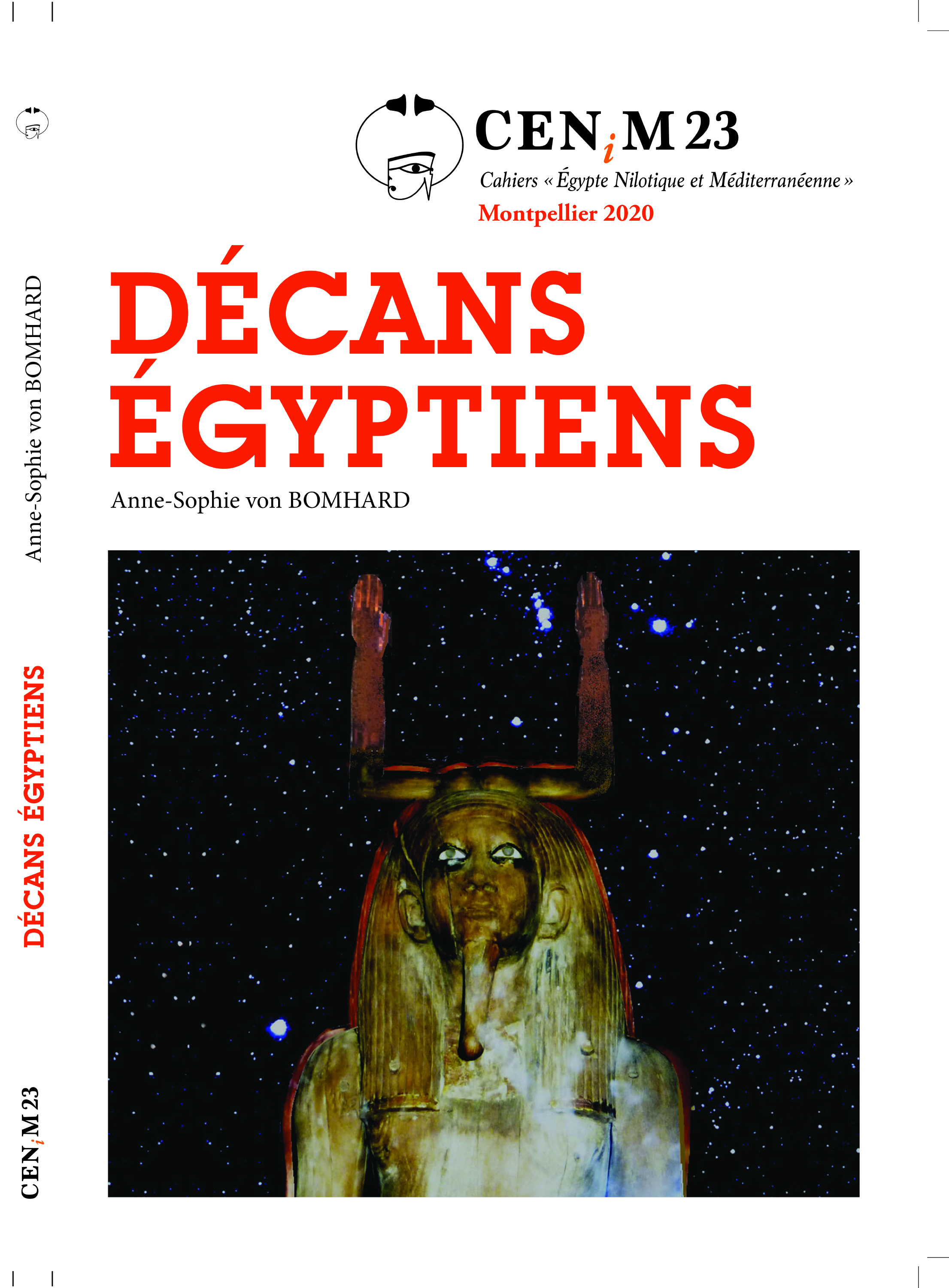 Anne-Sophie von BOMHARD DĂ©cans Ă©gyptiens, CENiM 23, Montpellier, 2020 — (2020)
Anne-Sophie von BOMHARD DĂ©cans Ă©gyptiens, CENiM 23, Montpellier, 2020 — (2020) 
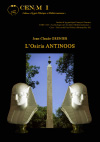 Jean-Claude Grenier L'Osiris ANTINOOS, CENiM 1, Montpellier, 2008 — (26 dĂ©cembre 2008)
Jean-Claude Grenier L'Osiris ANTINOOS, CENiM 1, Montpellier, 2008 — (26 dĂ©cembre 2008) 
TDENiM - Mise en ligne des volumes Ă©puisĂ©s : 
 Twitter
Twitter 4117873 visites - 10644 visite(s) aujourd’hui - 214 connecté(s)
© ENiM - Une revue d’égyptologie sur internet
Équipe Égypte Nilotique et Méditerranéenne - UMR 5140 - « Archéologie des Sociétés Méditerranéennes » (Cnrs) - Université Paul Valéry - Montpellier III
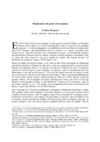
 Télécharger cet article au format pdf
Télécharger cet article au format pdf 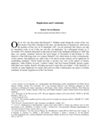
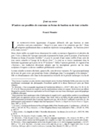
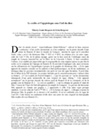
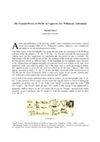
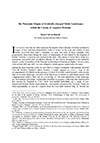
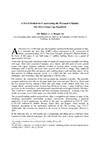
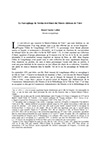
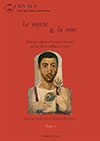
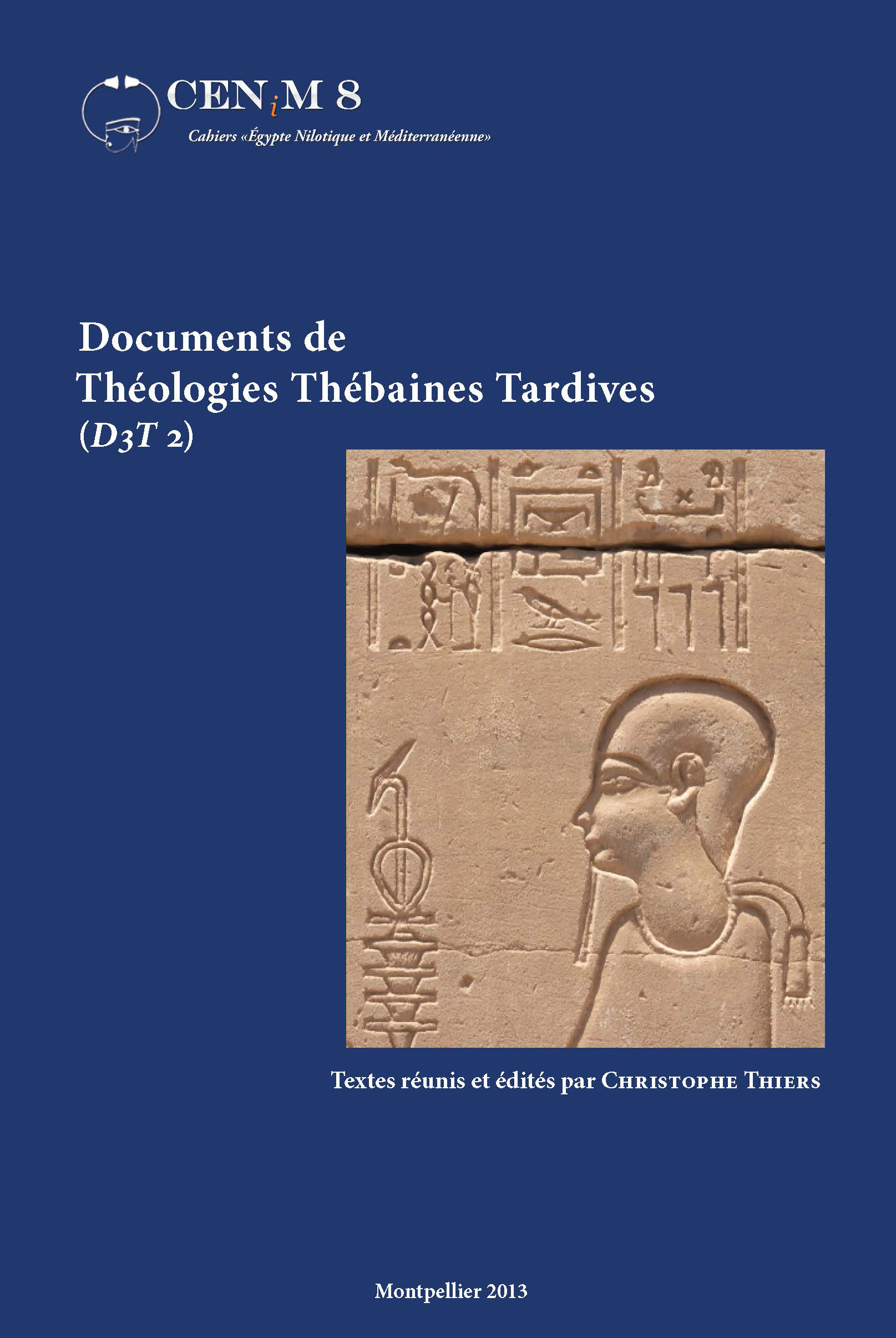
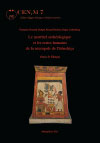
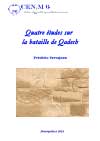
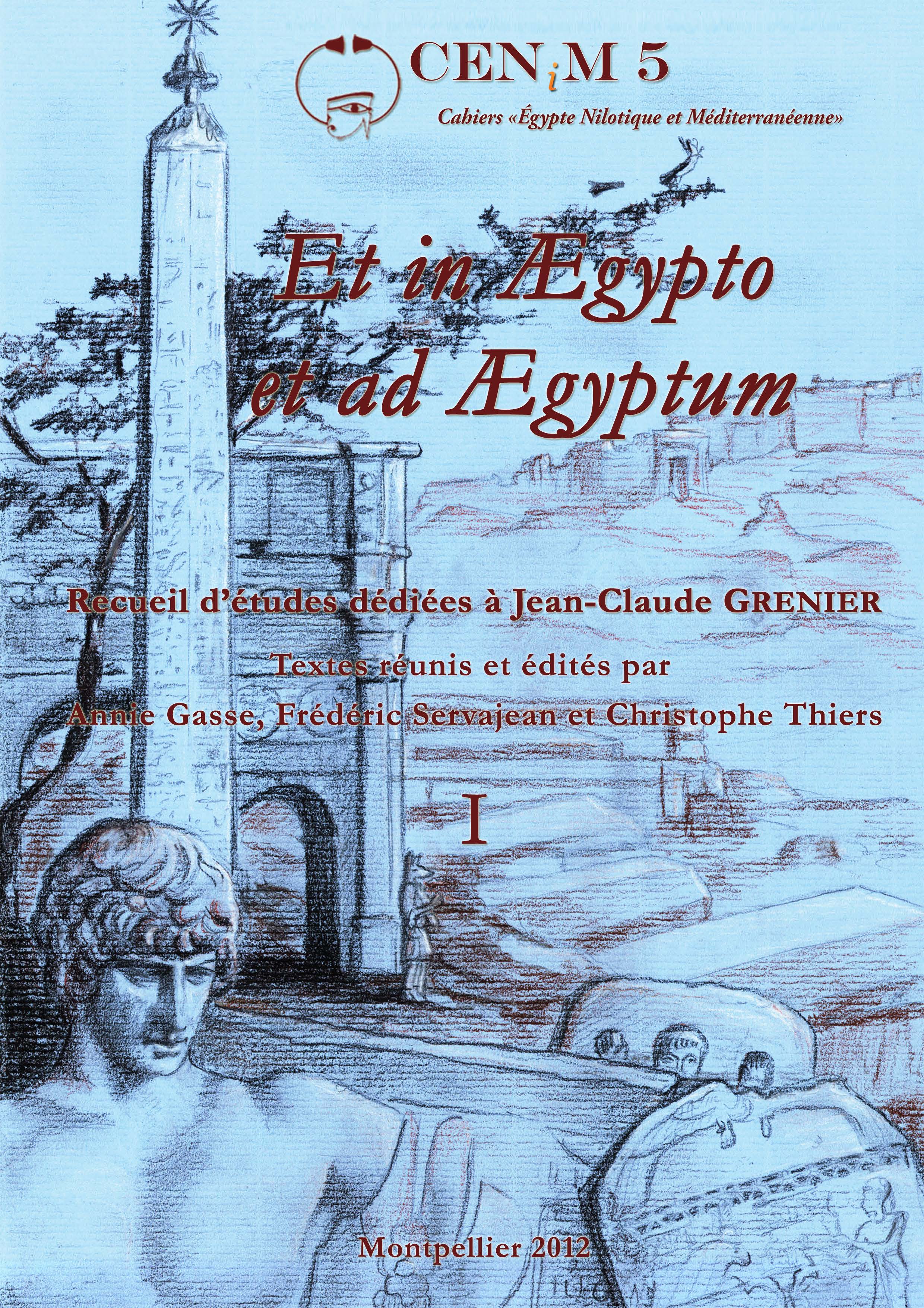
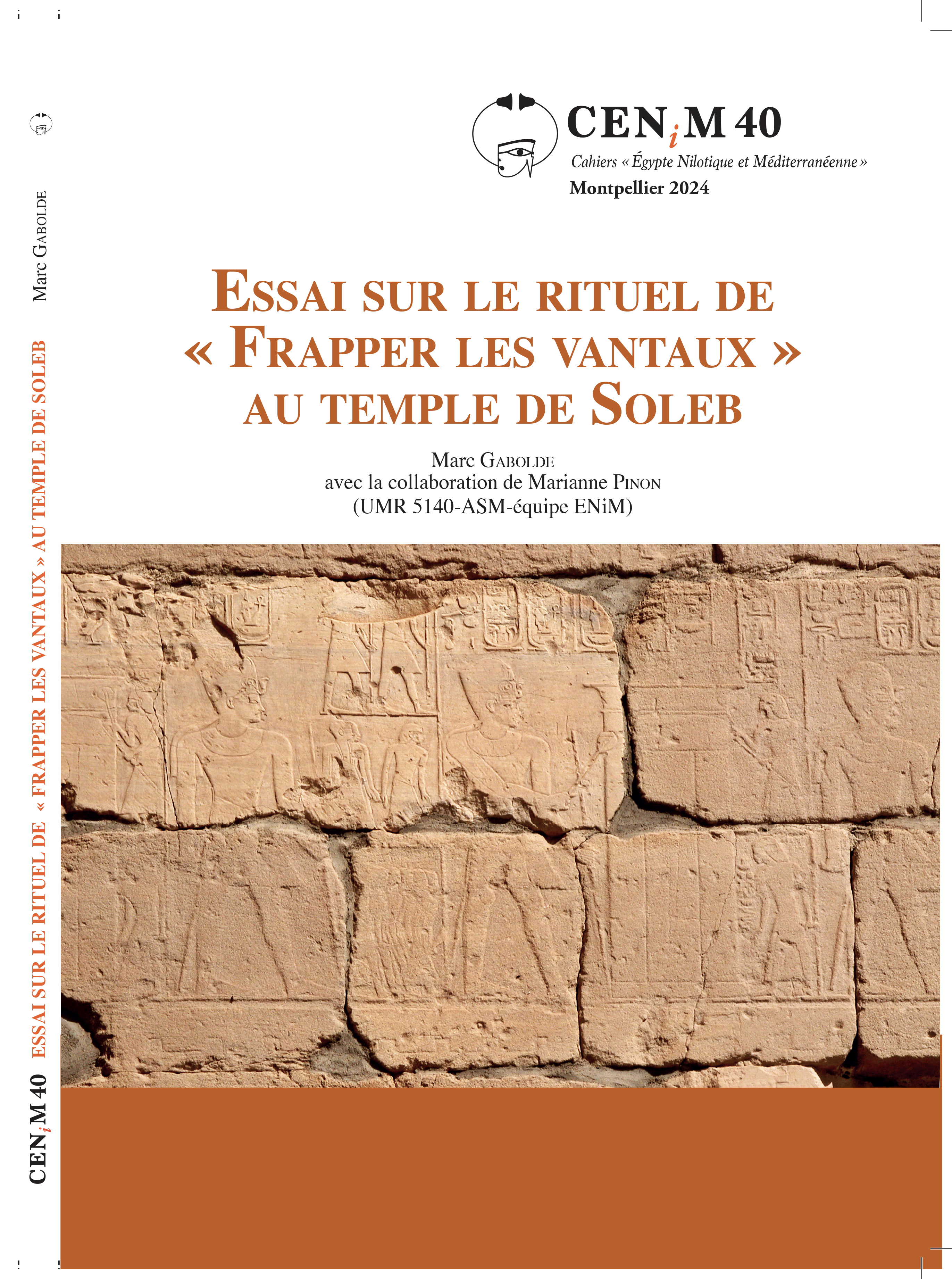
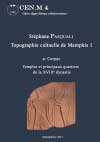
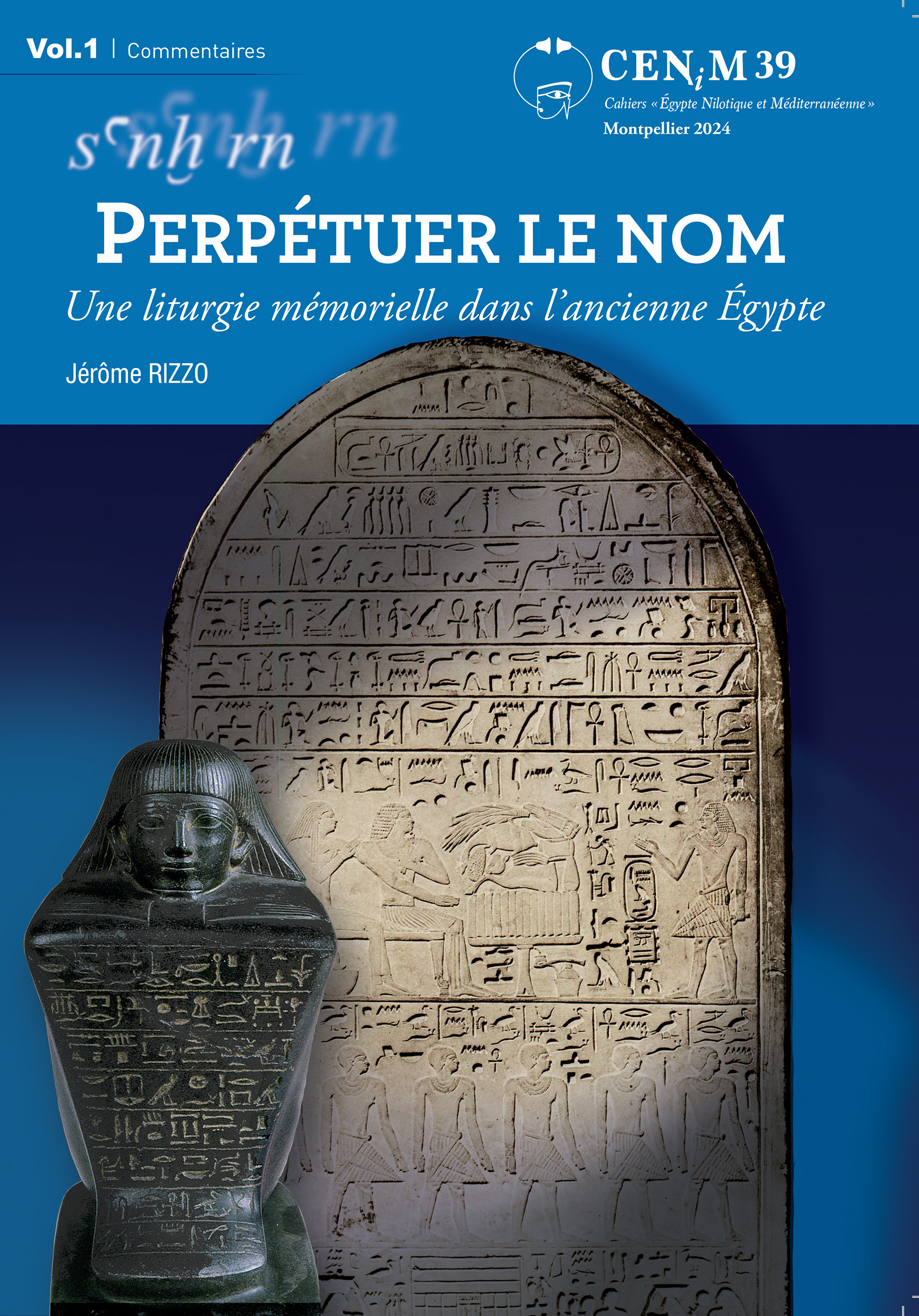
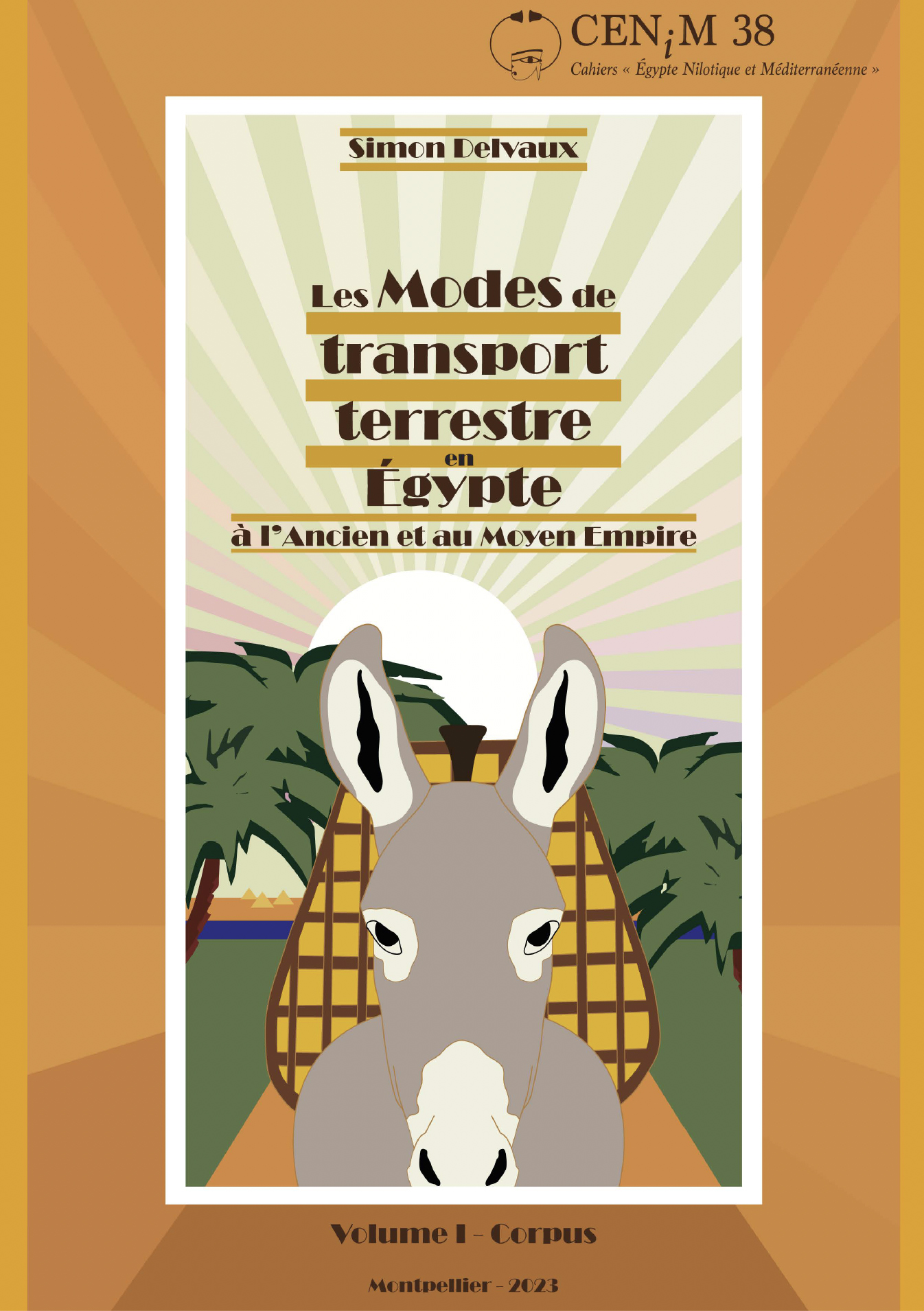
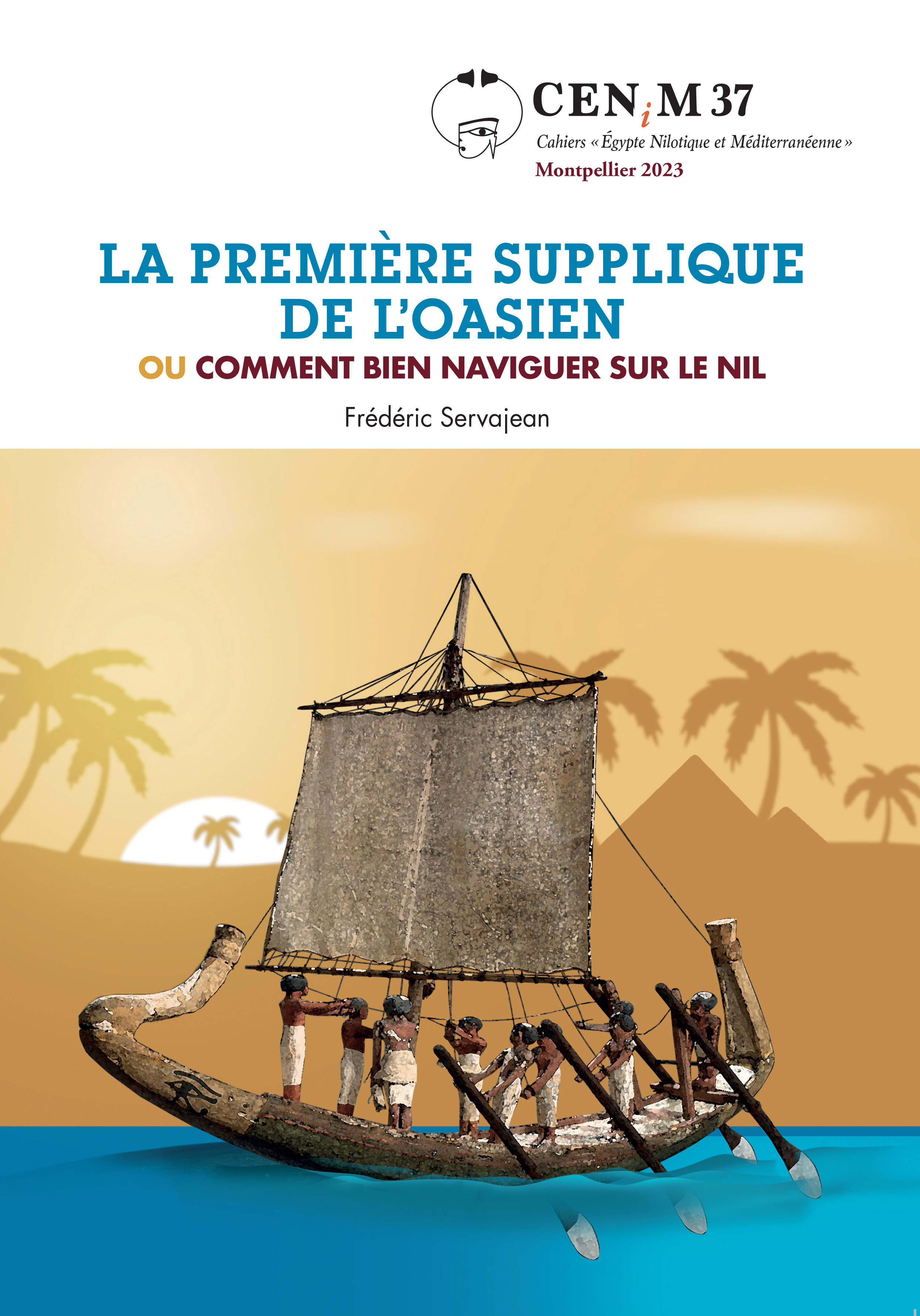
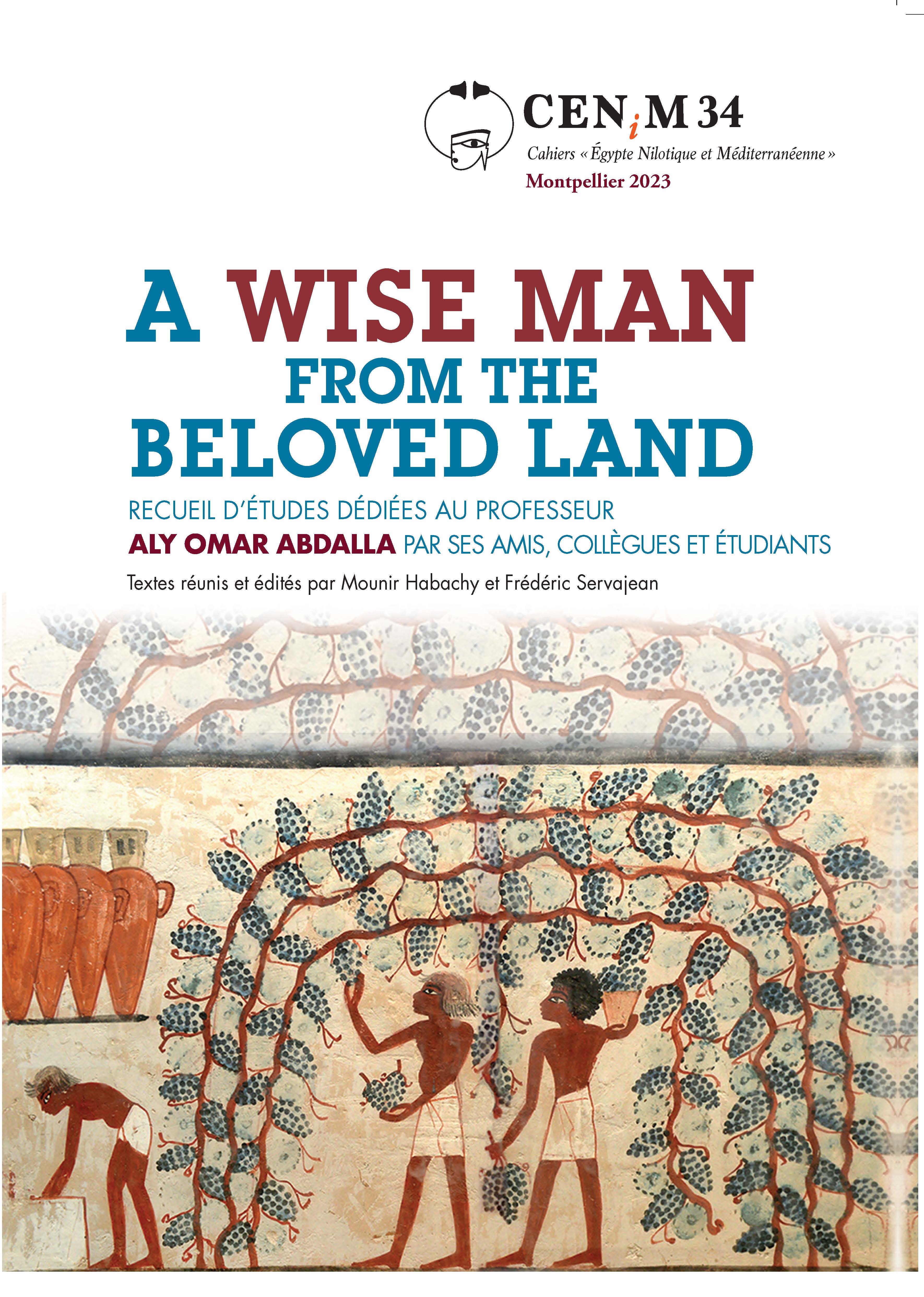
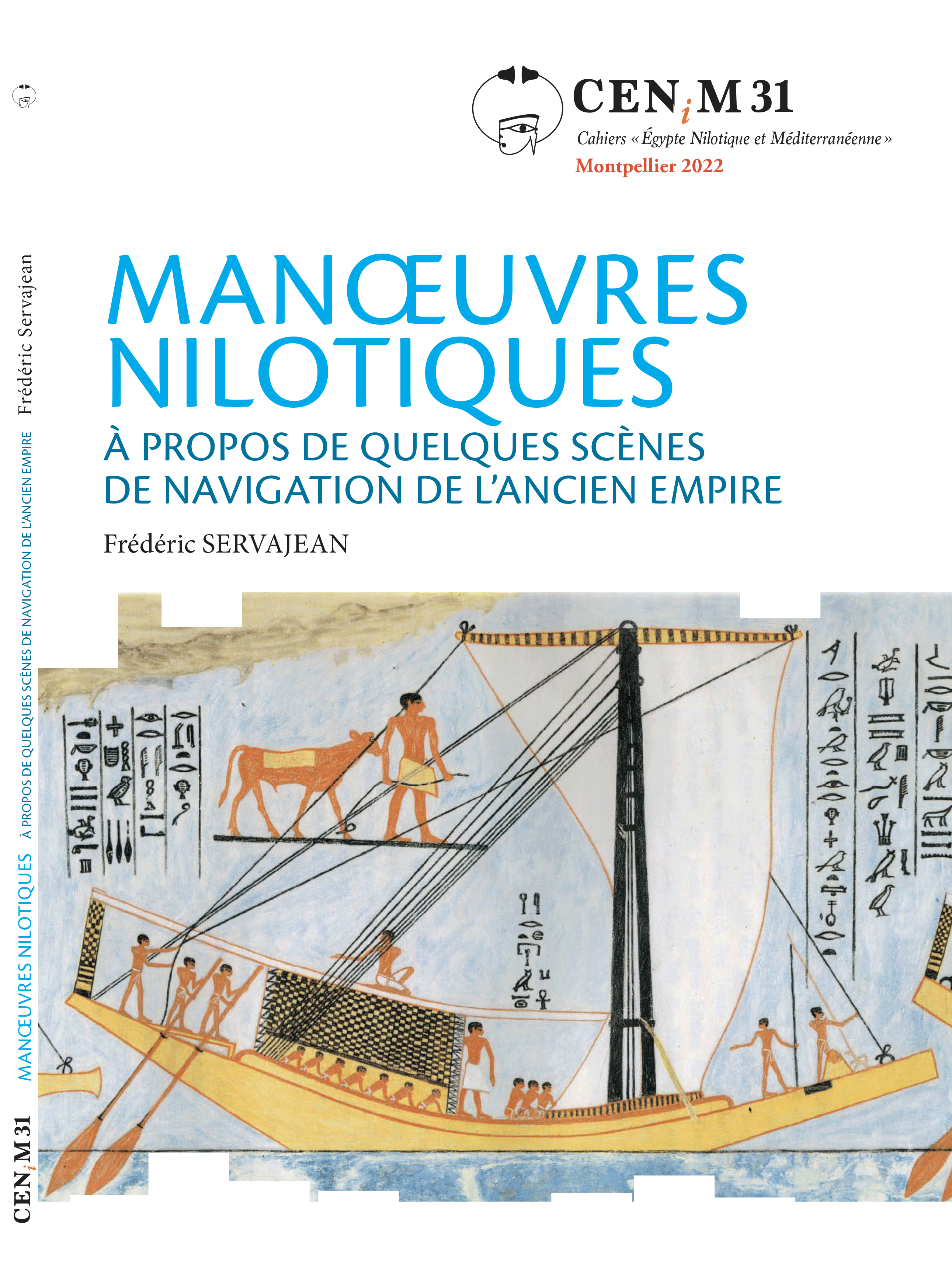
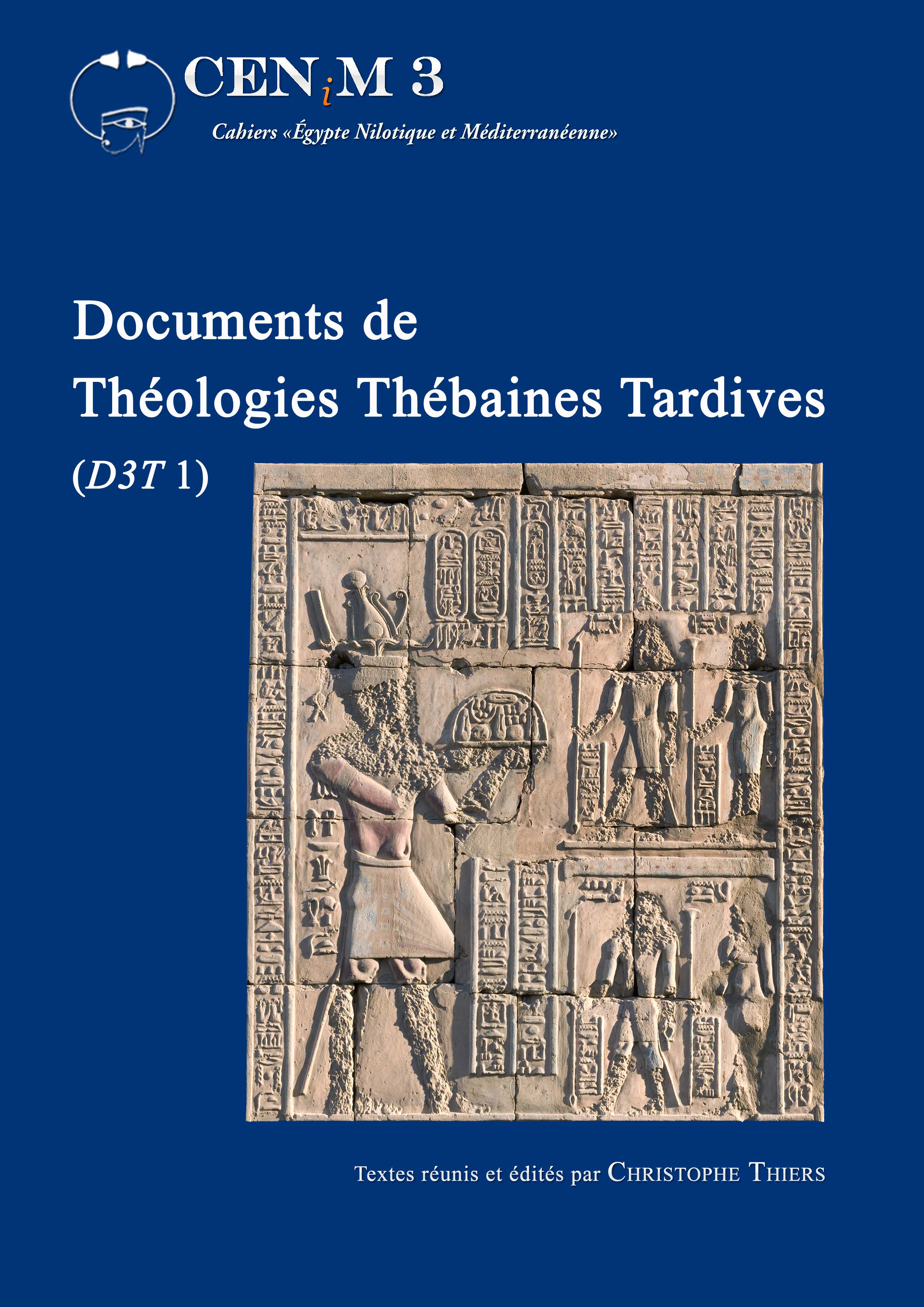
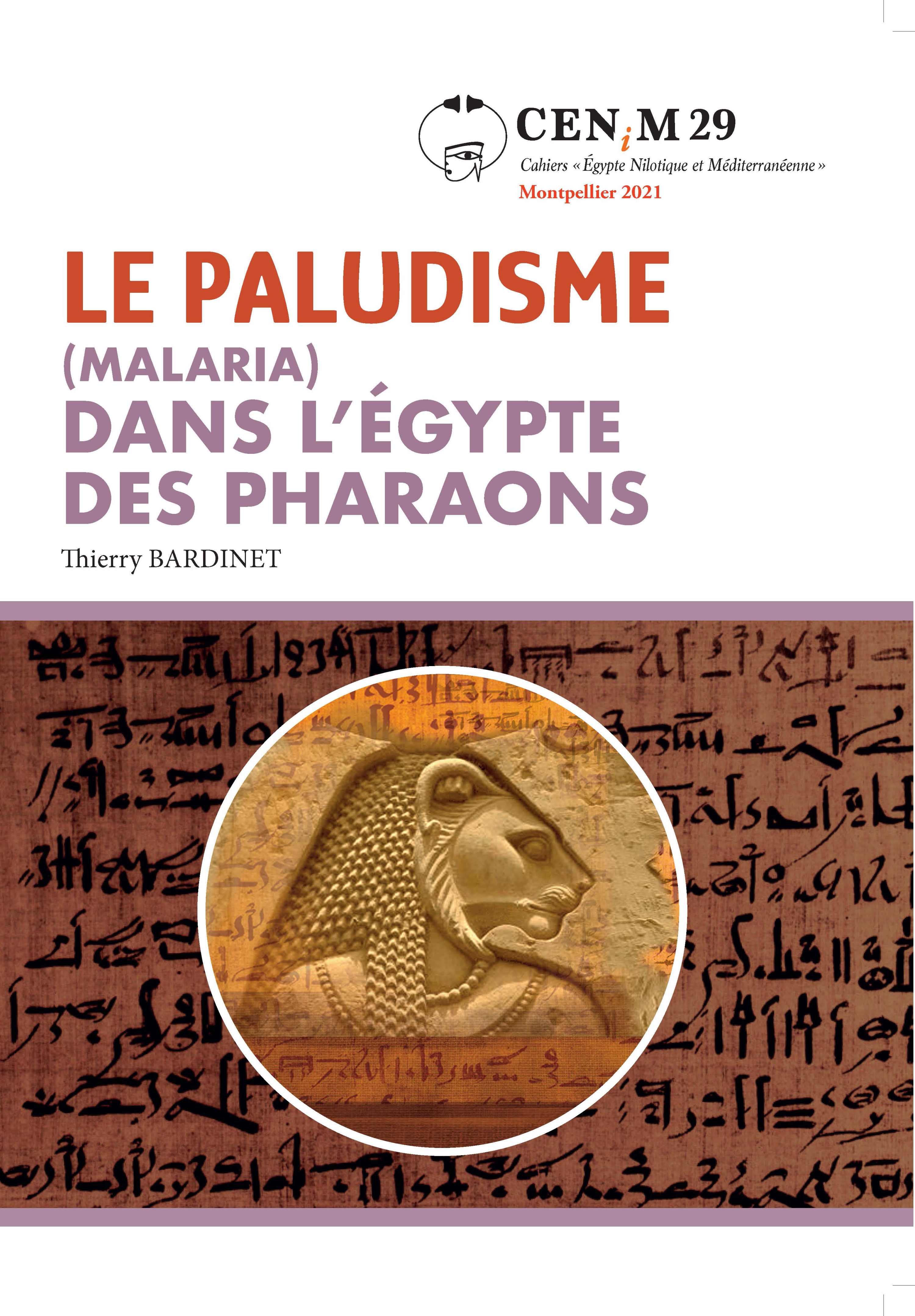
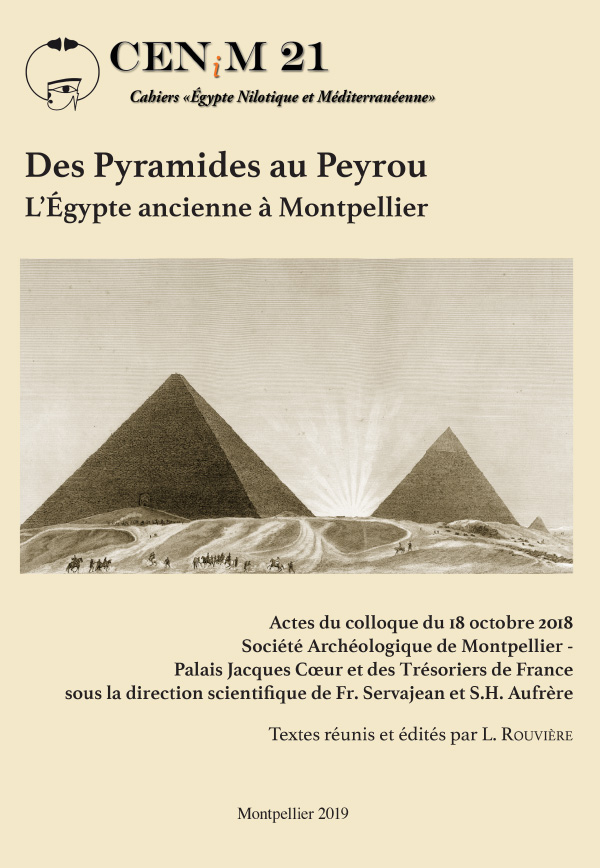
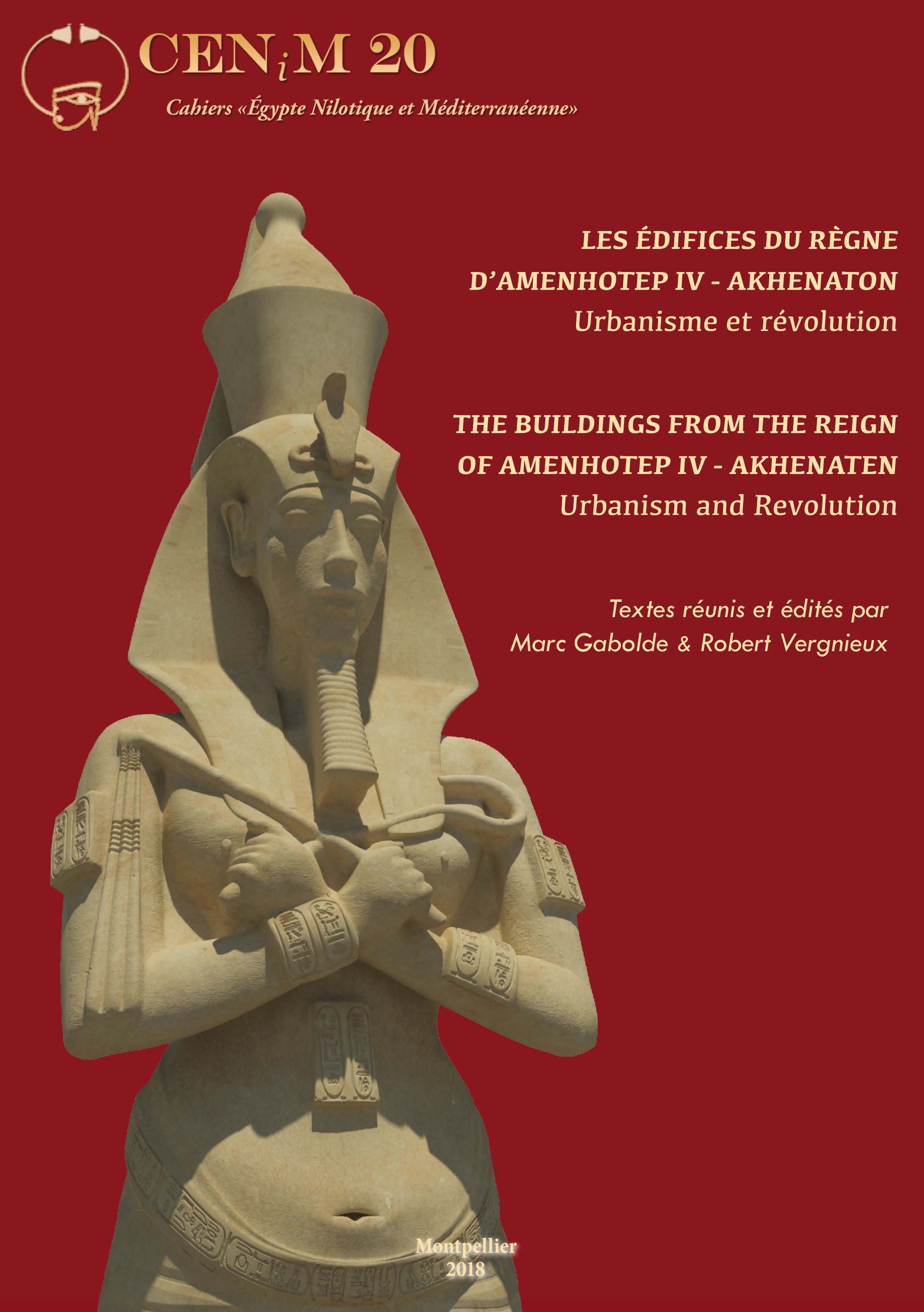
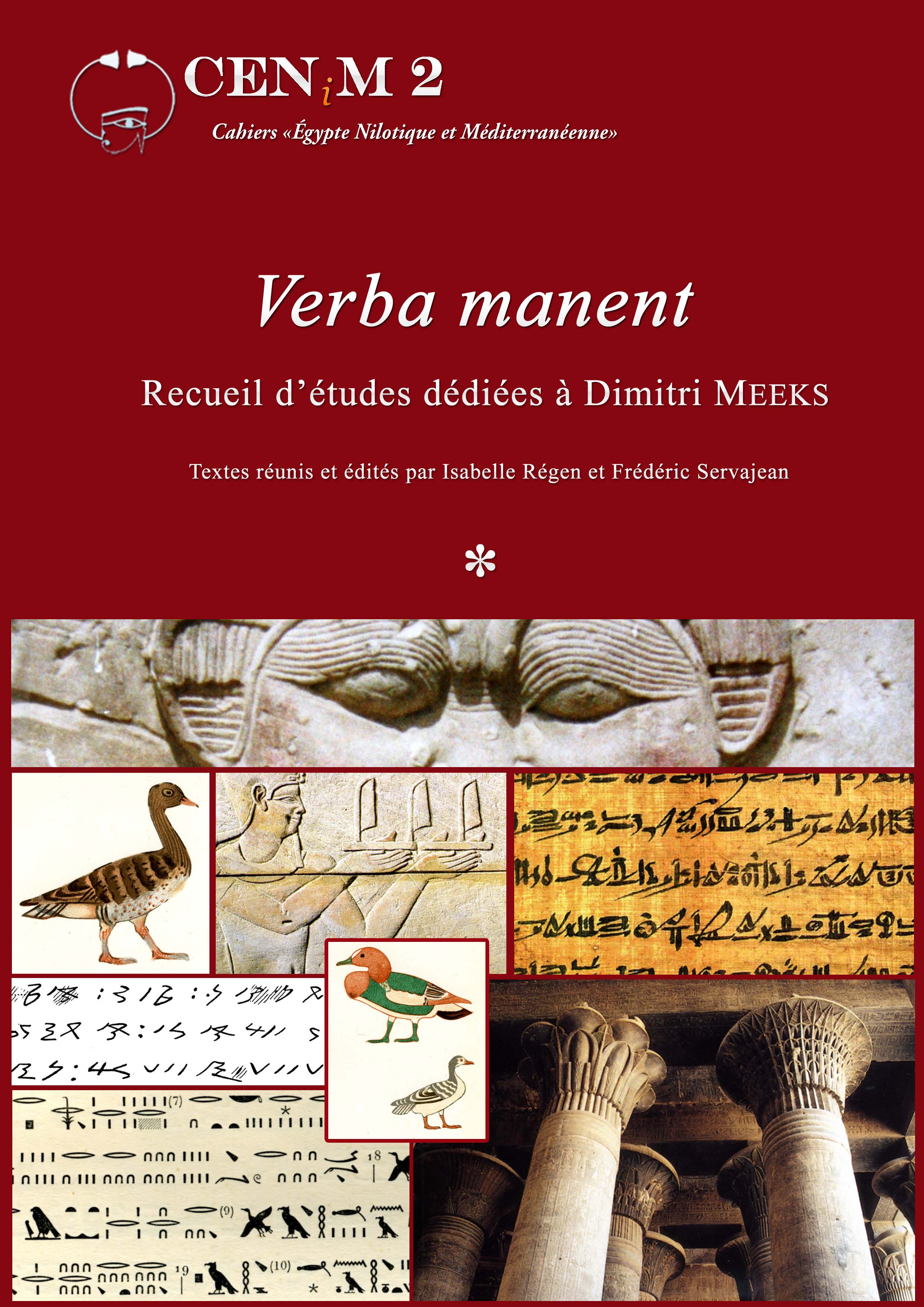
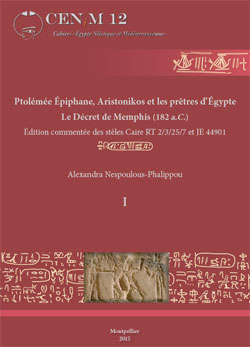
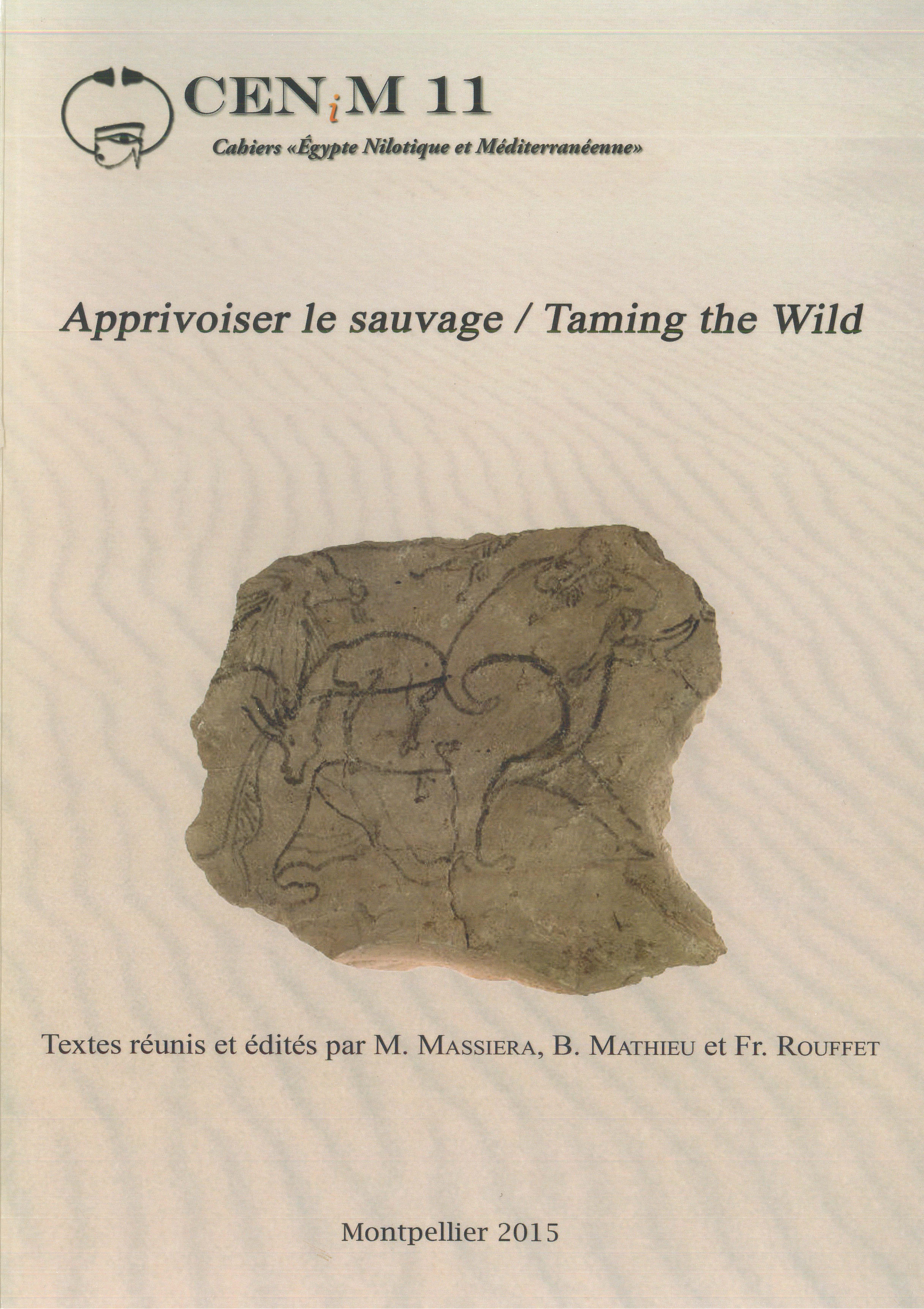
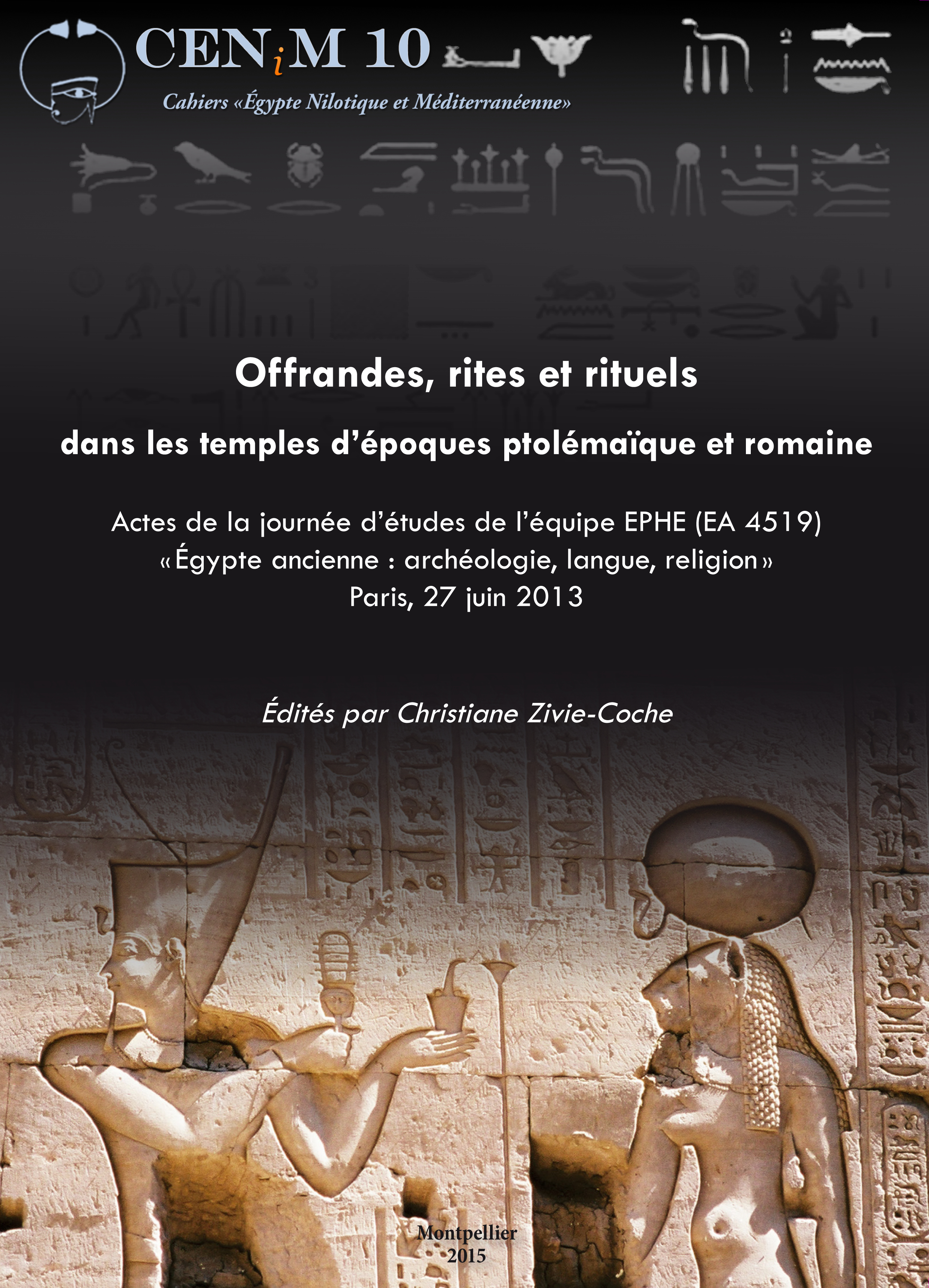
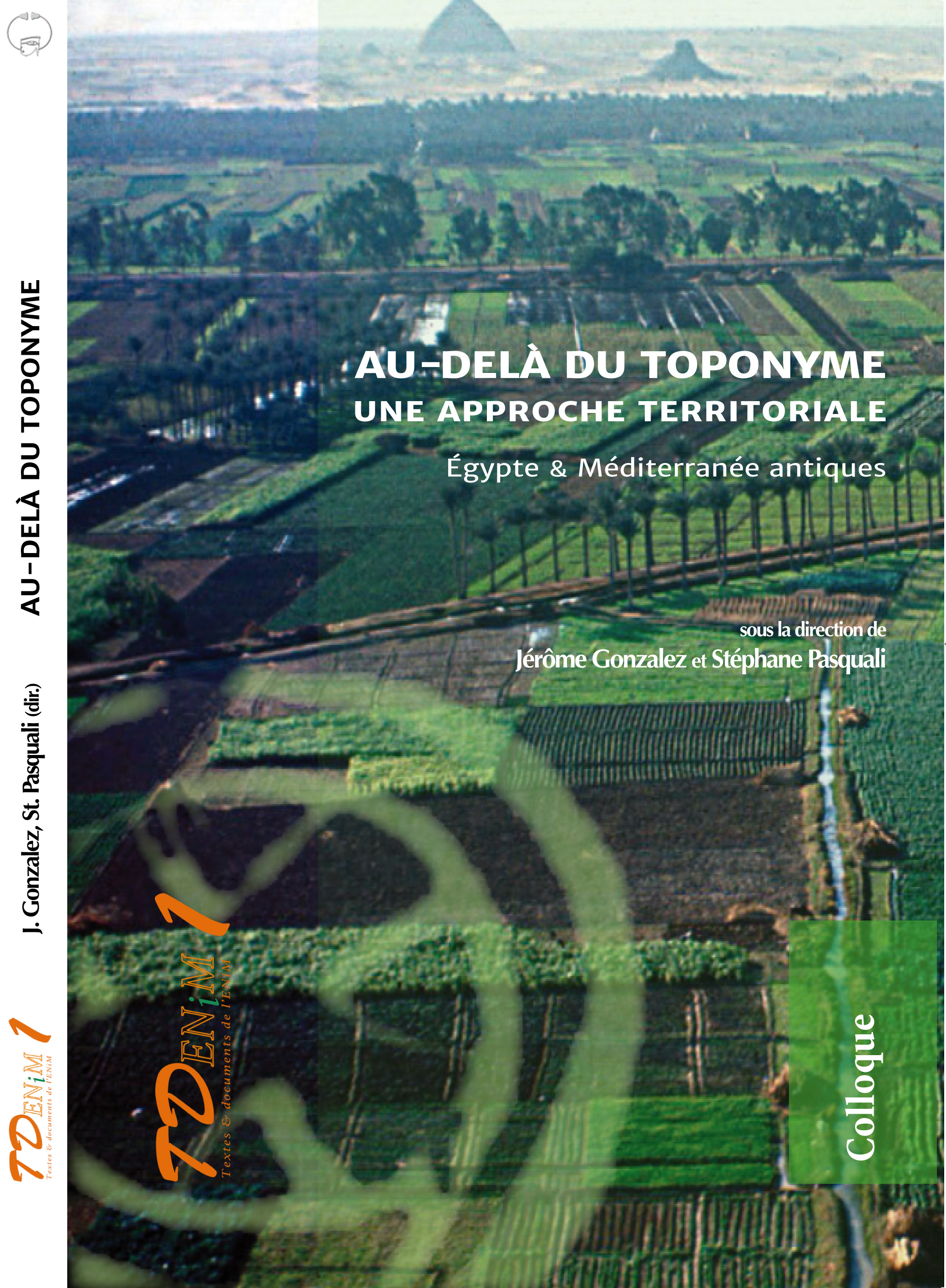
 Contact
Contact
 Abonnez-vous !
Abonnez-vous ! Équipe Égypte Nilotique et Méditerranéenne
Équipe Égypte Nilotique et Méditerranéenne UMR 5140 « Archéologie des Sociétés Méditerranéennes » (Cnrs)
UMR 5140 « Archéologie des Sociétés Méditerranéennes » (Cnrs) Université Paul Valéry - Montpellier III
Université Paul Valéry - Montpellier III